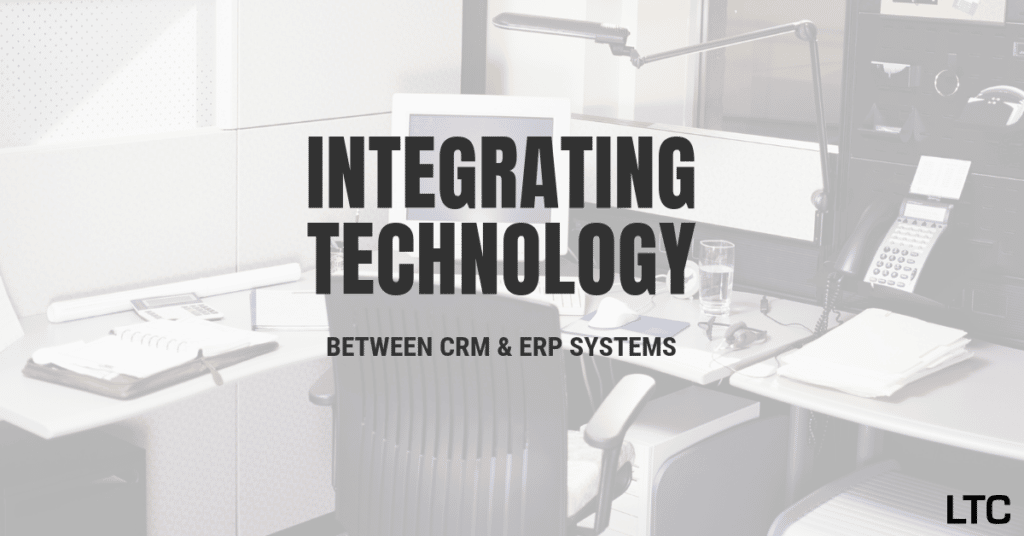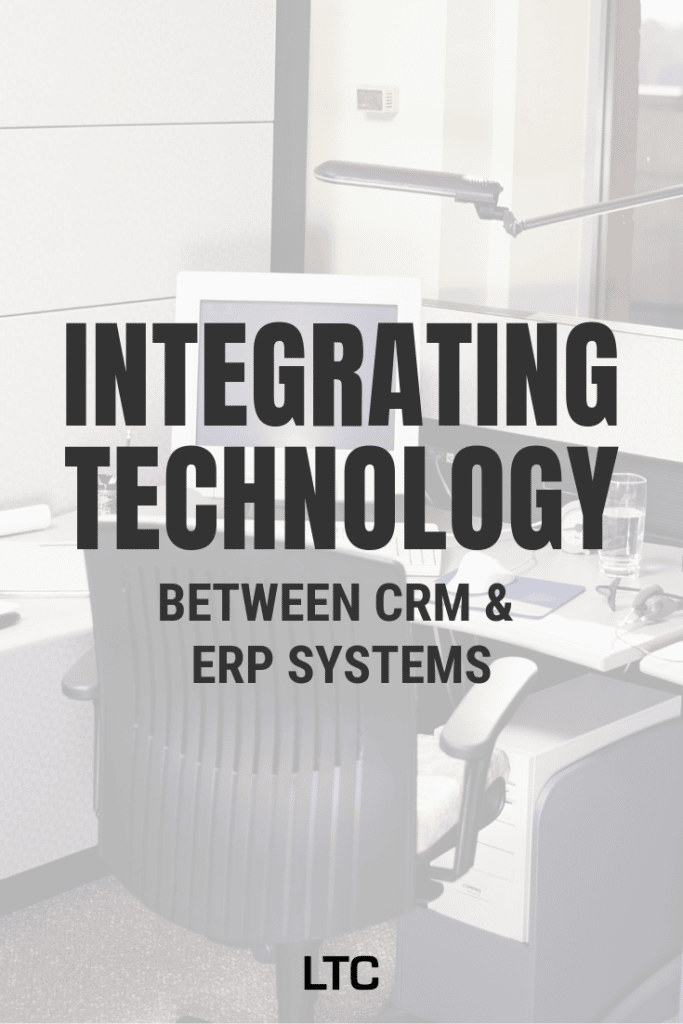In this age of data and analytics, business owners and management teams are witnessing a more complex business environment than ever before. Most businesses use multiple software programs and varying technology across multiple departments including HR, Sales, Purchasing, and Accounting.
Sorting through crucial business data – including customer, product, and financial information – can become a pain point for forecasting and decision making if not simplified and reported in easily consumable reports.
The key to any business type is the relationship with your customer. Your customer is your most valuable asset, and in order to track and maintain relationships with customers, many businesses choose to invest in a customer relationship management (or CRM) tool.
A CRM system focuses on the front-end of your business including customer demographics, interaction, sales funnel and pipeline data, and ultimately is used for tracking sales.
Internally, or on the backend, an Enterprise Resource Planning (ERP) software focuses on the processes behind the sale – purchasing, vendor and supply chain information, billing, shipping and tracking, and all financial data.

Integrating ERP and CRM Systems
While many businesses choose to purchase and launch two separate systems, this can lead to many issues and duplicate processes not only during onboarding but especially further down the road. Out-of-the-box ERP and CRM systems are not only expensive, but they come with a lot of hidden costs and upgrades as you integrate further into your business.
If you’re in the market for a new CRM or ERP system, consider developing a custom solution for your business. Slimmed down from unnecessary or irrelevant uses to your business, and fully integrated into your processes, often custom systems end up being more affordable and quicker to implement than many standard software systems.
Already have two separate systems? You may find that integrating the two systems will help control your costs and workloads by automatically synchronizing between systems. For example, in the simplest case, when a customer’s account (phone number, for instance) is updated by either a customer service CRM user or an accounting ERP user, the system will automatically update the other.
If you’re currently updating across systems manually, you’ll not only have a slower timeline but an increased risk of human error. Not to mention, that waiting for updates on inventory levels, product shipments, and bill payment can cause confusion and error-filled processes that waste resources further down the line. For your internal or outsourced IT team, maintaining two separate systems comes with a considerable amount of training, implementation, and maintenance time.
Not only does integration between ERP and CRM systems simplify process and workload for employees, for ownership, but integration also provides a complete view of your customers, business, and finances. Visibility allows for faster access to information, quicker reporting, and faster decision making at all levels. Interested in learning more about integration between your business software systems? We’d be happy to provide a free, no-pressure consultation!

